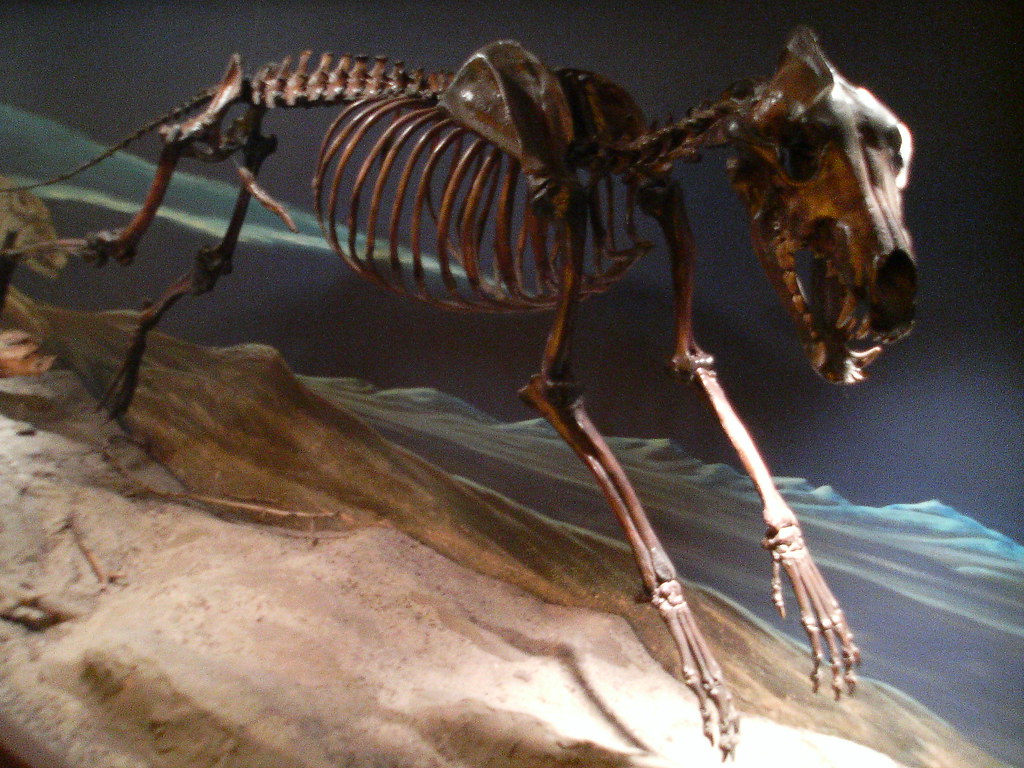A major breakthrough for genetic engineering and science as a whole may have been made as scientists have claimed to have brought back an extinct species from the prehistoric era. The dire wolf was an ancient species of large canine from the Late Pleistocene era of Earth which was roughly around 250,000 to 10,000 years ago. The dire wolf was one of the largest species of canine, weighing around 175 pounds and went extinct approximately 13,000 years ago in the late Pleistocene which was part of the Ice Age.
However, a Biotech Company called Colossal, which calls itself “the world’s first and only de-extinction company,” has claimed to have brought back the ancient predator and has only just recently shown the wolves to the public. Using genetic engineering and gene splicing, bio-scientists at Colossal have apparently been able to decipher the genome of the dire wolf and were able to use that knowledge to create three dire wolves. These dire wolves have been named Romulus, Remus, and Khaleesi. Many see this event as a scientific breakthrough and hail it as such, viewing it as a way to possible bring back other animals who died out long ago, with eyes being set on their future plans to bring back the wooly mammoth. However, like in all situations, especially in the scientific field, controversy was bound to follow.
Many critics make the argument that what Colossal created weren’t technically dire wolves, but, instead, just modified gray wolves. What Colossal essentially did was take the DNA of a gray wolf and made twenty edits to its genome to create what they believe is the genetic code of the dire wolf once was. What’s ironic about it is that they chose the gray wolf to base the genome off of when ancient dire wolves are actually more closely related to jackals.
To make a comparison, some people feel that this genetically engineered animal is about as accurate to a real dire wolf as how the Jurassic Park velociraptors are accurate to the real deal. It’s essentially an artistic interpretation of the dire wolf come to life. The debate over this topic has even gotten so bad to the point where it is now political, with some people arguing that wolves should be taken off the endangered species list because of the “de-extinction” of these creatures.
With threats of wolves losing federal protection and ethical concerns being raised in the scientific community with the concept of “de-extinction” as whole, the return of the dire wolf may have opened Pandora’s box. Perhaps scientists need to think through the consequences of their actions more thoroughly. As Ian Malcolm states in Jurassic Park: “Your scientists were so preoccupied with whether or not they could, they didn’t stop to think if they should.”
















































